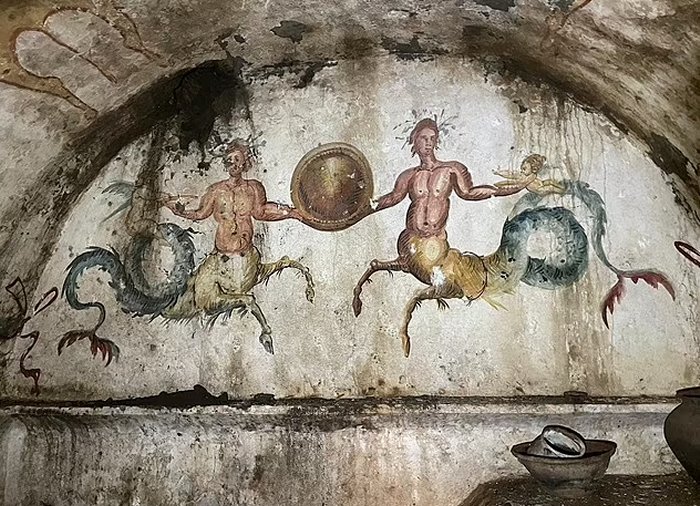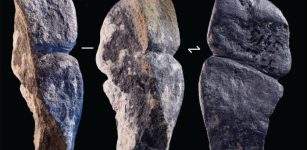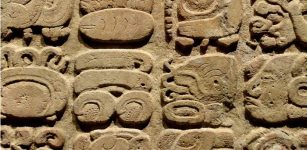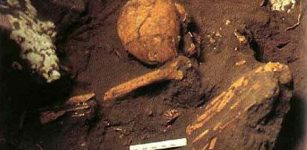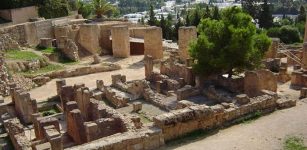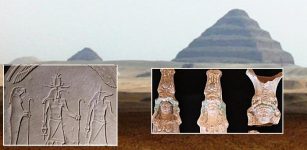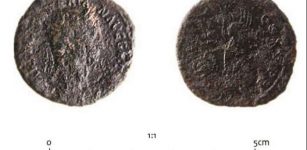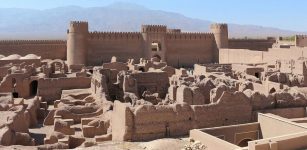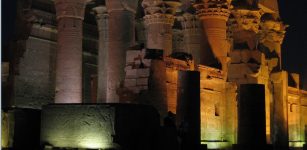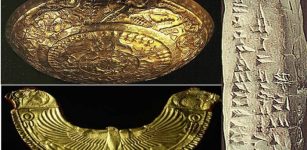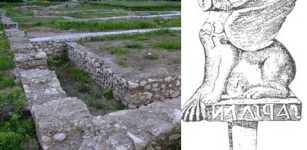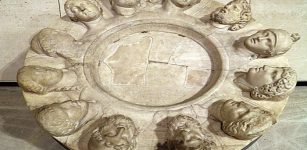Secrets Of 2,000-Year-Old Tomb Of Cerberus Revealed To The Public
Jan Bartek - AncientPages.com - The Tomb of Cerberus, located in Giugliano, Naples, Italy, has recently been unsealed after 2,000 years, revealing long-hidden ancient secrets. Archaeologists, under the leadership of Dr. Simona Formola, have made a significant discovery upon opening this ancient burial site.
The ancient necropolis. Credit: Italian Ministry of Culture
Prior to unsealing the tomb, the research team employed microscameras to examine its interior. This preliminary investigation revealed a passage leading to a sarcophagus that had remained untouched for millennia.
Upon opening the 2,000-year-old sarcophagus, researchers found a remarkably well-preserved body wrapped in a shroud. According to the official press statement, the body was described as "supine inhumed," indicating it was laid on its back. The researchers noted that the remains were in an "excellent state of conservation."
An exterior shot of the recently-discovered chamber tomb near Naples. Credit: EBU
The exceptional preservation of the ancient body is still under investigation, though researchers hypothesize that the climatic conditions within the burial chamber may have played a significant role. Specifically, these conditions appear to have mineralized the shroud, potentially contributing to the body's remarkable state of conservation.
The shroud fabric is being analyzed for structure, yarn type, and quality to reveal cultural and social information about the deceased. Pollen analysis of tomb bottles suggests the body was treated with preservative creams made from Chenopodium and absinthe. The team awaits DNA analysis results for further insights.
Archaeologists have started to examine the Tomb of Cerberus. Credit: Italian Ministry of Culture
Recent laboratory analyses have yielded important results. Samples taken from the inhumations and depositional beds have provided extensive data on ancient funerary practices, including the treatment of deceased bodies and the rituals performed.
The ongoing research at the Tomb of Cerberus is not only shedding light on specific burial customs but also enhancing our overall comprehension of the area's past.
The tomb of Cerberus was discovered last year. The entrance to this ancient burial site was sealed using a tuff slab, which is a lightweight, porous rock formed from volcanic ash and other sedimentary materials. The tomb's name derives from the elaborate and vibrant frescoes adorning its walls, depicting Cerberus, the legendary three-headed guardian of the Underworld in Greek mythology.
Among the most notable mythological figures depicted are ichthyocentaurs – a centaurine-type sea god with the upper body of a human and the lower anterior half and fore-legs of a horse and the tail of a fish. Credit: Superintendent of Archaeology, Fine Arts and Landscape
Since its unearthing, the tomb has been the subject of ongoing research and analysis. Scientists have been meticulously examining its contents, which led to the identification of a particular sarcophagus within the burial chamber.
See also: More Archaeology News
Full excavation of the chamber tomb is currently in progress, and archaeologists intend to explore the broader necropolis surrounding the tomb, too.
Superintendent Mariano Nuzzo explained that the Tomb of Cerberus is proving to be a significant archaeological site contributing substantially to our understanding of the region's history and offering diverse research opportunities across multiple disciplines.
Written by Jan Bartek - AncientPages.com Staff Writer




